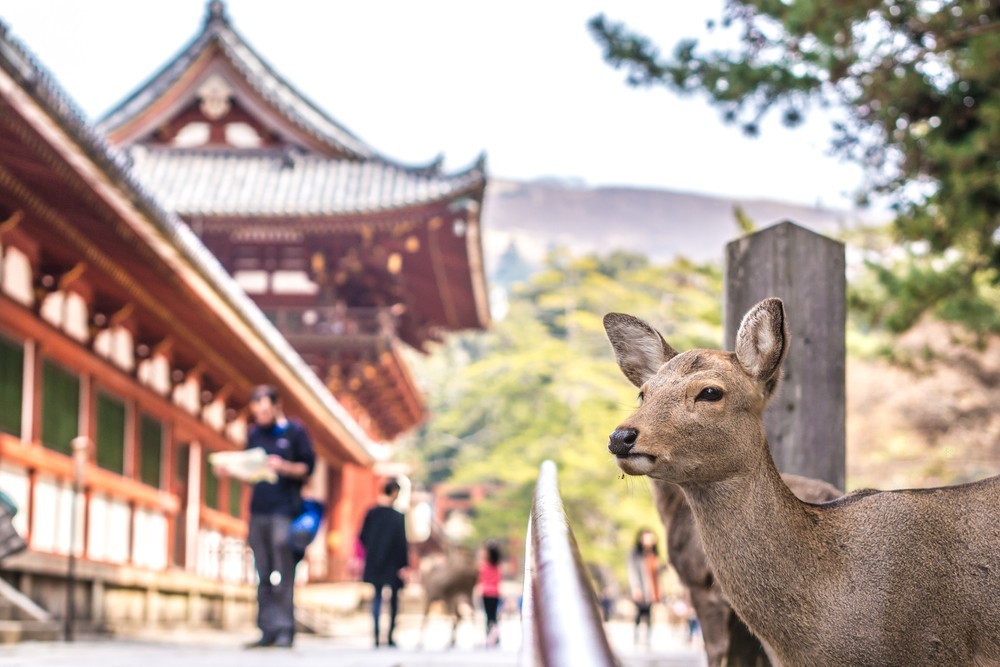
Nara, the ancient capital of Japan, is not only known for its deer and the Great Buddha, but is also the birthplace of Japanese food culture. Ingredients such as tea, sake, and tofu, which are still commonly used in Japanese cuisine, all originated in Nara. Today's Nara not only conveys traditional flavors, but also creates a new gourmet culture. This time, let's explore the tastes of the ancient capital of Nara.
What is "B-grade gourmet"?
Unlike traditional local cuisine that represents the region, B-class gourmet does not use the unique Japanese cooking methods or gorgeous seasonal presentations that attract the attention of tourists. It is a comfort food that is cooked with local ingredients and has been loved by local people for a long time.
Characteristics of Nara Gourmet
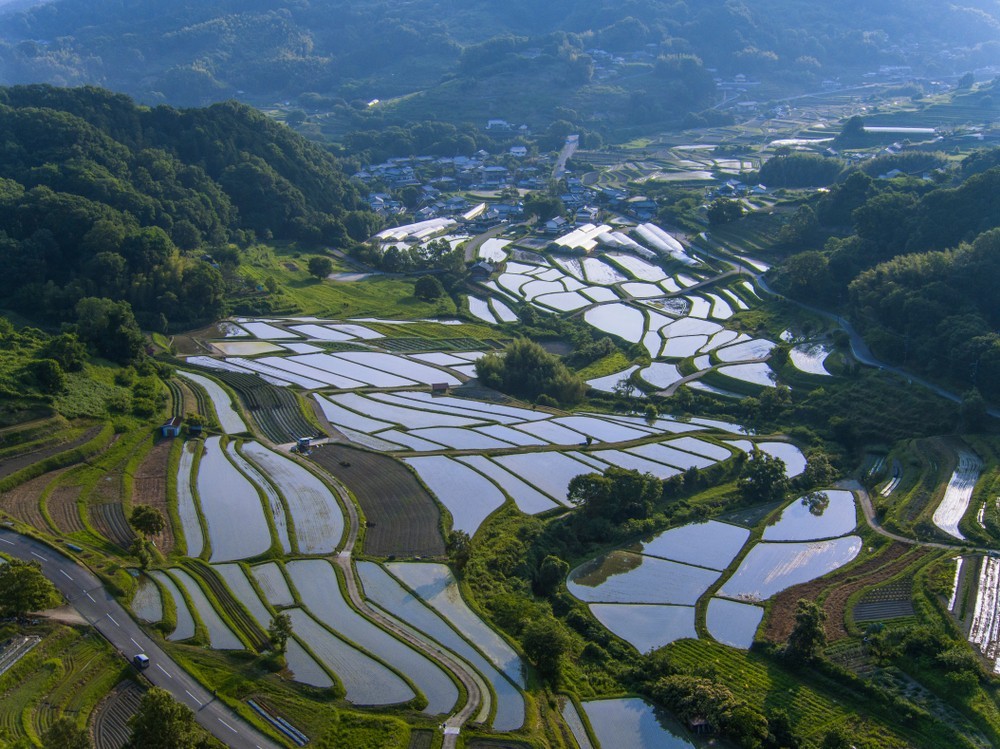
Nara is one of the eight sealess prefectures in Japan. The basin of Nara is blessed with a warm climate and rich soil. The large temperature difference between day and night makes it suitable for growing agricultural products. For this reason, agriculture has been very active in Nara since ancient times. Yamato vegetables (old name of Nara: 'Yamato'), Yamato Tea, rice, etc., formed the basis of the development of Japanese food culture.
Nara's agricultural production volume and agricultural land area might no be large in Japan, but in recent years, it has developed a unique variety of agriculture by making full use of advanced cultivation techniques while producing various items in small quantities. For example, various vegetables produced in the prefecture are gaining popularity under the brand name "Yamato vegetables" (大和野菜 / Yamato Yasai), then there are also "Kotoka" (古都華)", a brand strawberry registered in 2011, and even ancient rice, which has been passed down from ancient times. The richness created by the coexistence of old and new agricultural products makes Nara's food culture even more diverse.
Nara B-grade Gourmet
Compared to other prefectures, Nara's B-grade gourmet has a very light taste and a small proportion of meat. This may be related to the fact that much of Nara's food culture originated in temples and shrines. Now, let's take a look at the B-grade gourmet that is full of Nara characteristics!
Chagayu (tea porridge)
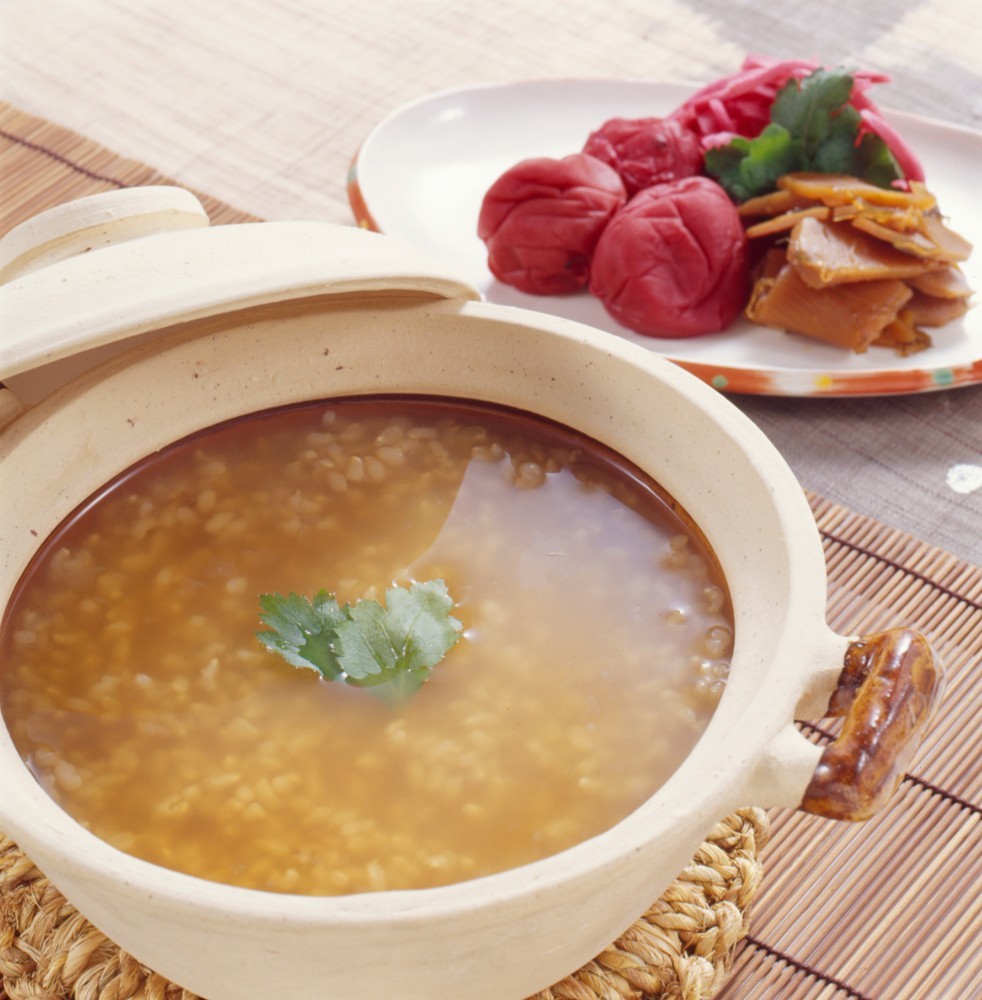
Tea cultivation in Japan is said to have started in the 9th century after the Buddhist monk Kobo Daishi brought back tea seeds from China and started at Butsuryuji Temple in Uda City, Nara Prefecture. It is also the reason why Yamato Tea became famous.
“Chagayu” (茶粥) is rice porridge cooked in tea instead of water. Originating as a meal for monks 1,200 years ago, it gradually spreaded to ordinary people and became a daily breakfast for people of Nara. Nowadays, you can enjoy chagayu not only for breakfast but also for lunch at restaurants in Nara Prefecture.
Tenobe somen noodles
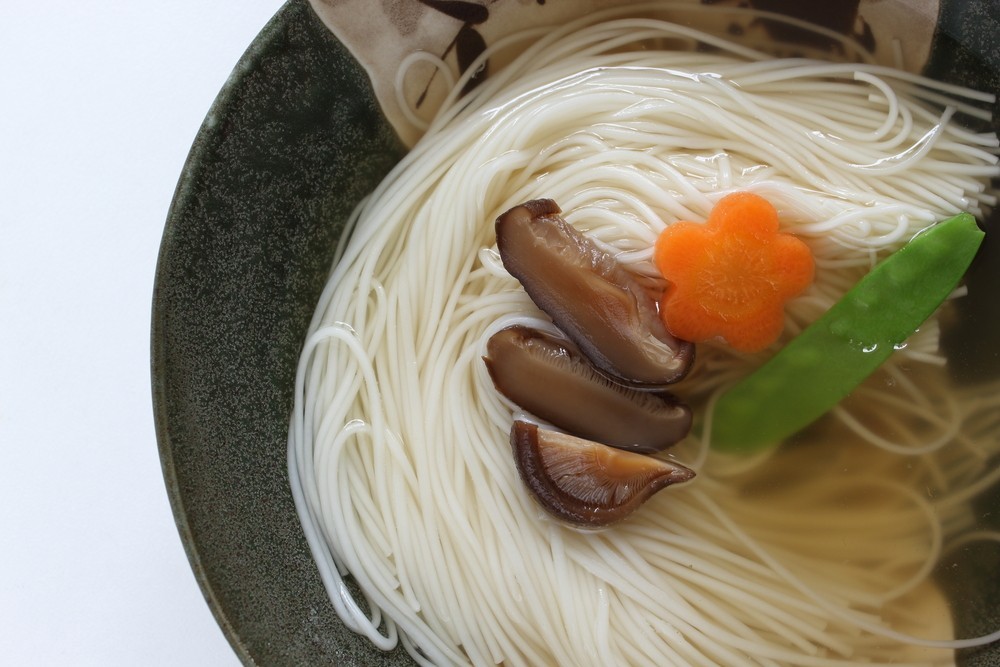
Nara is also the birthplace of thin white somen noodles. The place is Miwa, Sakurai City, Nara Prefecture, and the hand-stretched somen (手延べそうめん / tenobe somen) made here is called "Miwa somen". It was already famous in the Edo period, and it is listed as the most delicious somen in Japan in the book "Nihon Sankai Meibutsu Zue" (日本山海名物図会 - picture book of Japanese Specialties from the Mountain and Sea), which describes gourmet food and other products from all over Japan.
The reason why somen is delicious is Nara's high-quality wheat and milling technology. The original taste of somen is very simple, making it suitable for various dishes. For example, it goes well with cold somen noodles in the summer and warm noodles in the winter.
Yamato Nikudori chicken
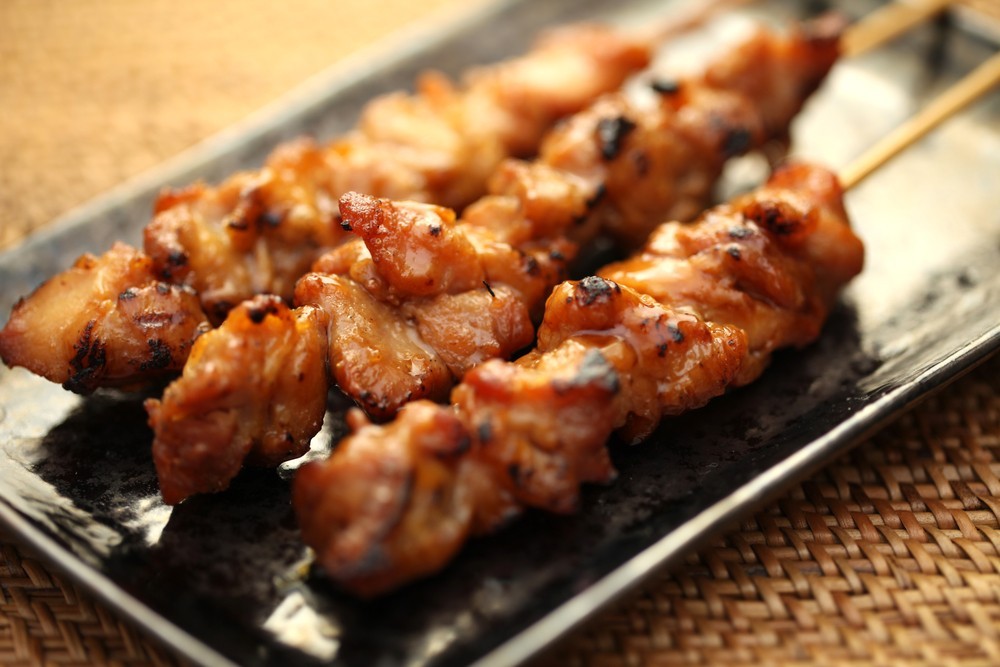
Before World War II, Nara was one of Japan's three major poultry farming areas. Farmers raised chickens as a side business in addition to their main business. The origin "Yamato Kashiwa (大和かしわ)" (the ancient jargon referring to chicken) has just the right amount of fat and has a good texture, making it famous in the Kansai region. However, after World War II, its existence disappeared once. Then in 1982 it began to circulate again on the market. It can be said that this is the next generation "Yamato Nikudori chicken (大和肉鶏)", a valuable chicken that has revived the illustrious chicken of the past.
Tenri ramen
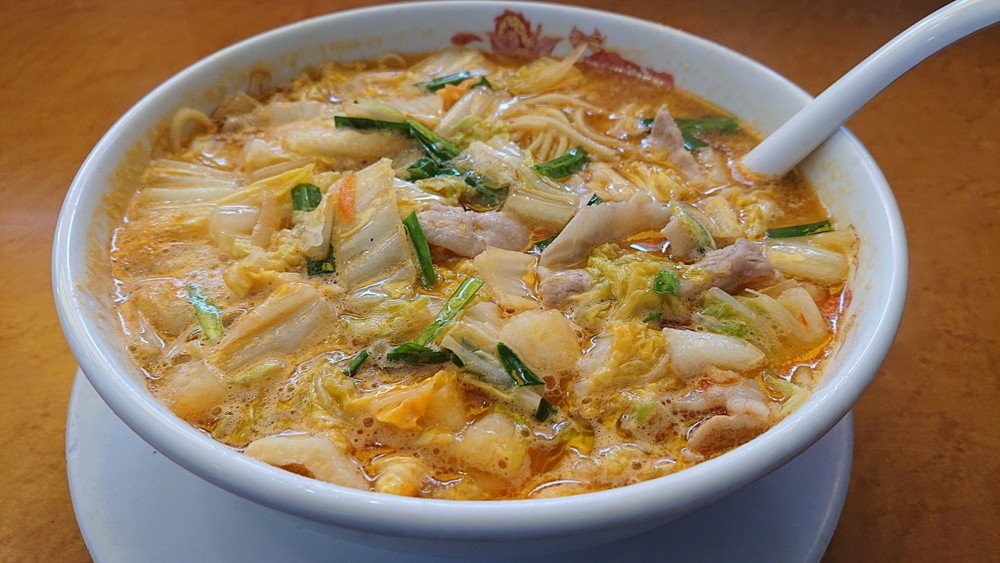
Tenri ramen (天理ラーメン) is a thick ramen that originated in Tenri City, Nara Prefecture. It is characterized by a bowl of soup containing a large amount of Chinese cabbage, bean sauce, and garlic, and comes with a bright red color. It looks spicy, but the Chinese cabbage rich in water neutralizes the spiciness, so you won't be able to stop eating! Tenri City got its name from Tenrikyo (天理教 - a Buddhist sect).
Shaved ice
The origin of shaved ice (かき氷 / Kakigori) in Japan dates back to the Nara period (710-794). Himuro Shrine, which used to offer ice to the imperial family, is known as the "Holy Land of Ice" and is still the center of faith among those involved in the Japanese ice industry.
Thanks to this relationship, many new shaved ice have been created in Nara City in recent years. In addition, events fathering famous shaved ice shops from all over the country are held every year. With the appearance of specialty shops, Nara has suddenly become a mecca for shaved ice. "Hosekibako" (ほうせき箱) is one of the most famous shaved ice shops committing to using ingredients from Nara, yet all of its shaved ice looks and tastes good. No wonder why it has now become a famous store in Nara that can't be missed!
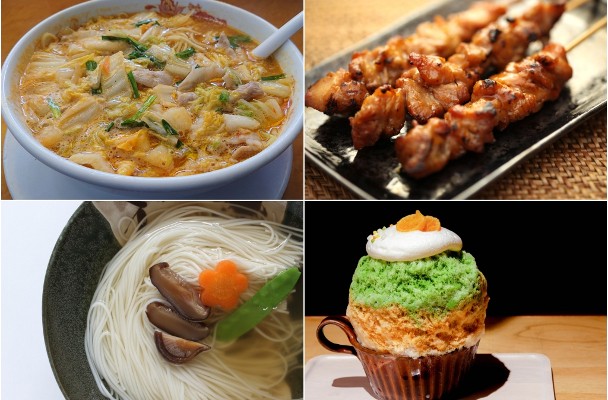
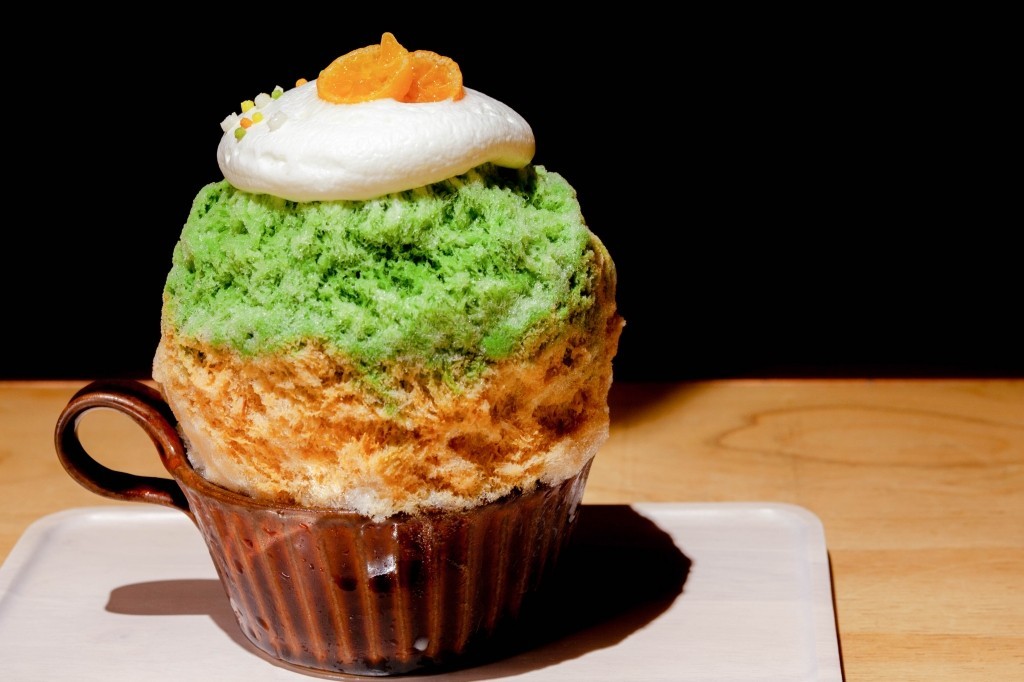
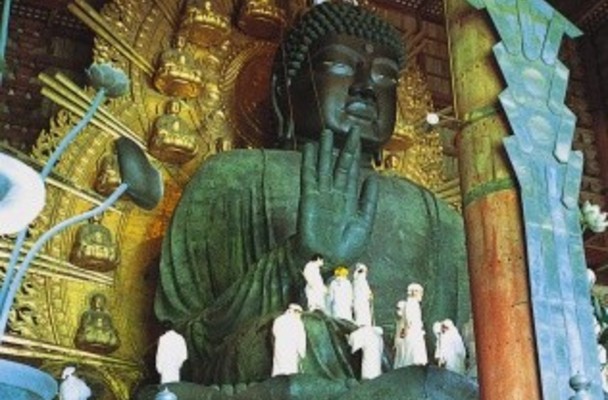
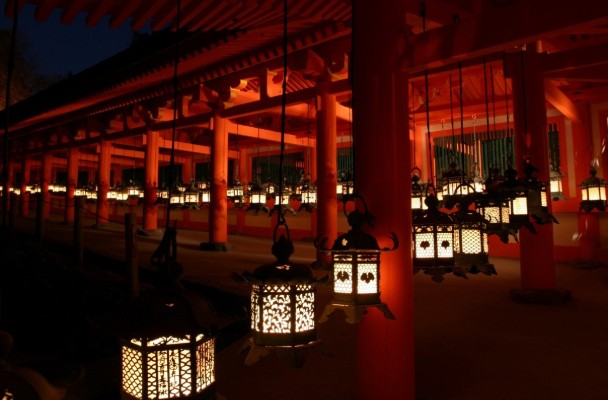
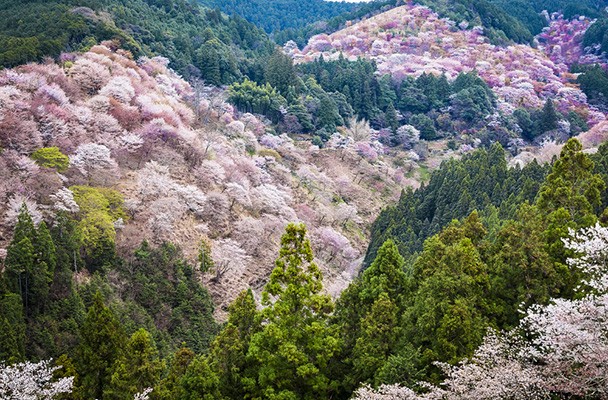
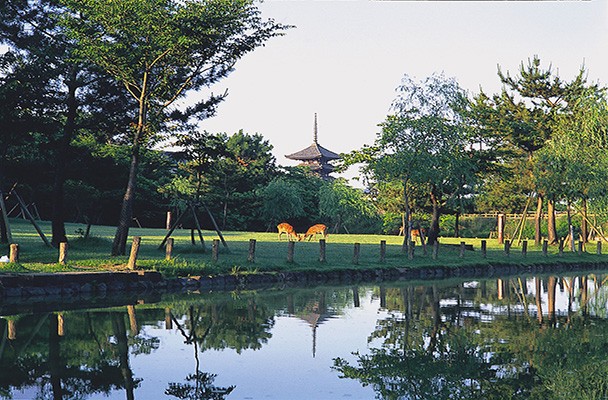
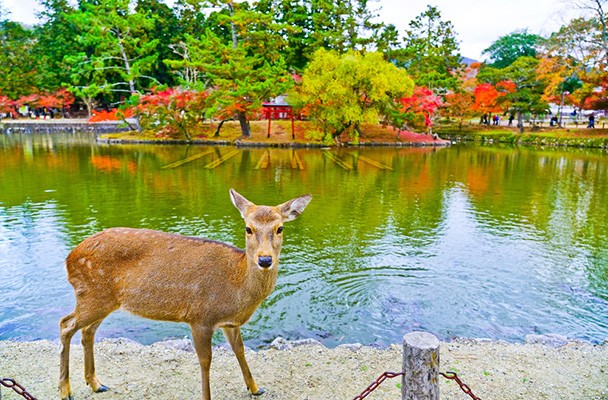
Comments